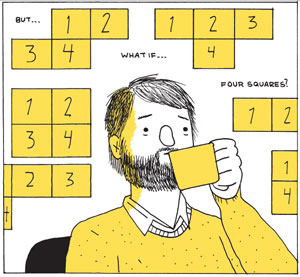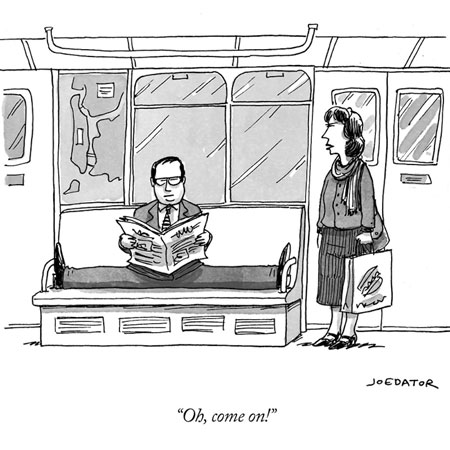
Single-panel cartoons, while not sequential art, certainly have some things in common with sequential art, and some cartoonists (Hank Ketcham, Bil Keane) have alternated between the two in their daily work. This week, in the first of two interviews with single-panel creators, Tim talks with New Yorker cartoonist Joe Dator.
What’s it like trying to get your joke across in exactly one panel — and get the darn thing published in a highly competitive venue like the pages of the New Yorker? How did the Far Side influence single-panels? (Perhaps less than you think!) What is the Mount Everest of cartooning? What cartoonists influenced Joe most? And – why does he spend his free time making a comedy podcast about classic rock?
Podcast: Play in new window | Download
Subscribe: | More
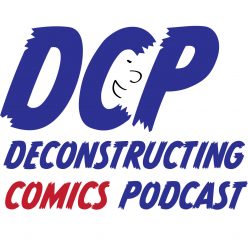
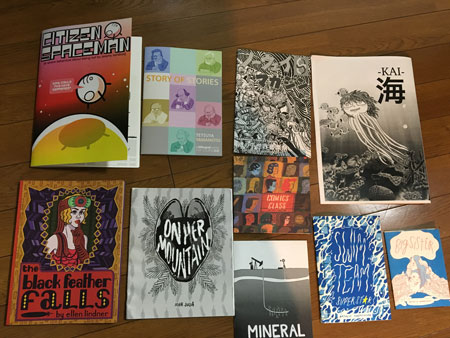


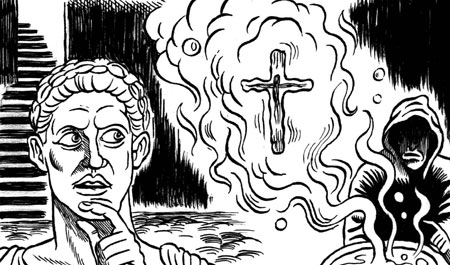
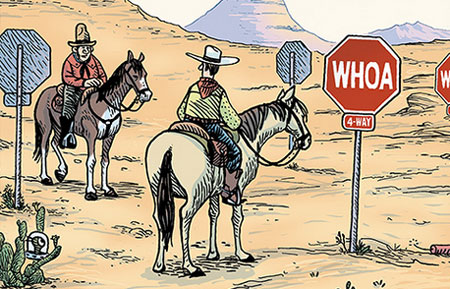

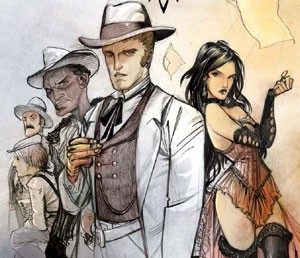 Andres Salazar and Jose Luis Pescador’s
Andres Salazar and Jose Luis Pescador’s 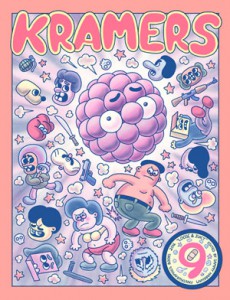 The ninth issue of
The ninth issue of 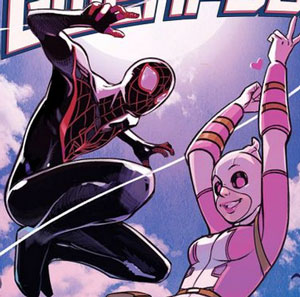 Irene Strychalski makes her fourth appearance on the podcast — this time as a full-time freelancer getting work from Marvel! We’ll talk about her depressing early comic, drawing from her own scripts vs. someone else’s, things people say to her when she draws in cafes, and more.
Irene Strychalski makes her fourth appearance on the podcast — this time as a full-time freelancer getting work from Marvel! We’ll talk about her depressing early comic, drawing from her own scripts vs. someone else’s, things people say to her when she draws in cafes, and more.